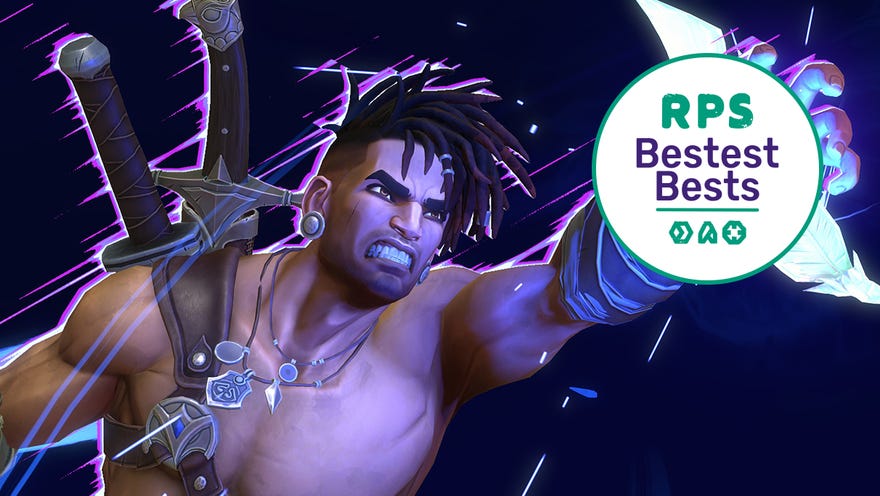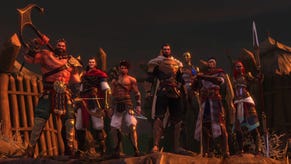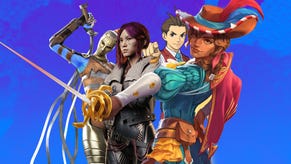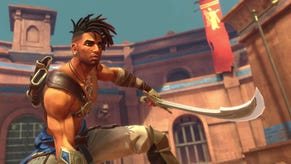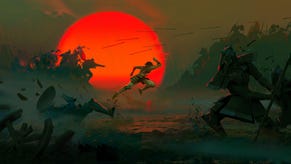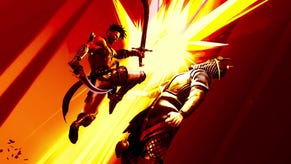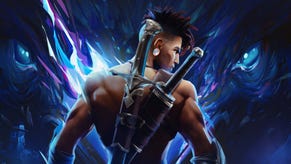Prince Of Persia: The Lost Crown review: move over Hollow Knight
Royal jubilee
As Prince Of Persia subtitles go, The Lost Crown is certainly an evocative one. It conjures up images of forgotten pasts being rediscovered, of wrongs being righted, and power being restored to its rightful balance. They're all promises that Ubisoft Montpellier capably deliver on over the course of its neatly plotted story, and often in more ways than one. But after flinging its hero warrior Sargon around the monster-filled streets of its Mount Qaf citadel for the better part of 20 hours, I'd also like to proffer the following alternatives: Pit Of A Thousand Spikes; The Eternal Death Wheels Of Spinning Blades; or maybe just simply Traps: The Game. These are perhaps more accurate descriptions of the challenges you'll face in The Lost Crown, as Mount Qaf is not a place you're allowed to tread lightly. Death stalks every corner, but that's precisely what makes this dextrously designed Metroid-like such a thrilling platformer. Put away your prejudices, because this is easily the equal of both Moon Studios' pair of Ori games, Hollow Knight and its Metroid genre namesakes.
Much of that is down to Sargon himself, whose do-it-all athleticism translates into one of the most agile and responsive-feeling heroes in a Metroid-like since Ori first slipped onto the scene in 2015. He's a joy to manoeuvre under the thumbs, and not just when you're chucking him over spike pits, wall-jumping up bramble-laden forest paths, or performing last minute backflip saves over poison bogs down in the sewers. Armed with his trusty pair of swords (and eventually a bow-cum-chakram for ranged attacks), he's also a dab hand when it comes to combat, proving himself to be a capable one-man rescue force as he attempts to save the kidnapped Prince Ghassan from a nefarious traitor inside his own group of super-powered warrior mates.
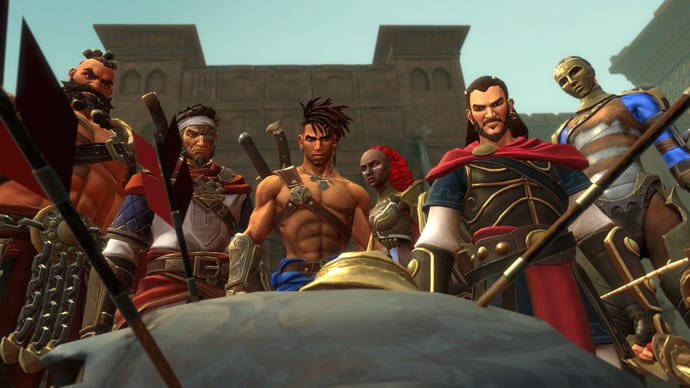
Then again, the speed with which Sargon can combo sword strikes with dodge rolls, execute a last-minute parry, and then launch himself back into the fray with a wall-belting dash kick almost makes him look more like a ballet dancer than a brute with blades. There's never a sense that you're struggling against the way he moves or trying to wrangle a character not meant for these kinds of acrobatics. He can turn on a dime, this lad, allowing you to enter a kind of flow state where he simply feels at one with your button presses - and with such a confident and graceful lead at your disposal, it infuses every fight, from the fodder zombies to the screen-filling boss battles, with a tingling, hairs on the back of your neck kind of excitement.
That's not to say the platforming between those fights is any less exhilarating, of course. Mount Qaf is an enormous stomping ground for Ubisoft Montpellier to stretch their Rayman Legends-honed muscles in, and they do not disappoint. In classic Metroidvania fashion, you'll peel back the layers of this citadel gradually over time, with new abilities unlocking new pathways and secrets for you to plunder along the way. But the pace at which you're presented with new ideas and increasingly novel twists on Sargon's evolving power set just feels so refreshing in an age where most big blockbusters are sanded down to within an inch of their lives. This is clearly a game that's not afraid to show its teeth, and in doing so is able to deliver moment after moment of chef-kiss, childlike glee as you figure out how to navigate its seemingly impossible feats of wall-jumping, air-dashing and even dimension-hopping to reach solid ground again.
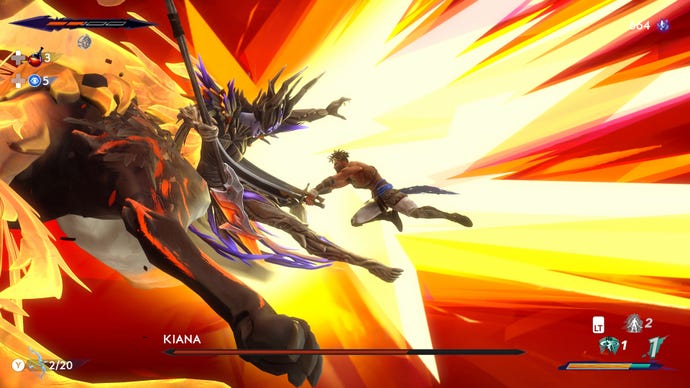


Make no mistake. There's some properly hardcore platforming on display here, and it's not just reserved for its numerous challenge-based offshoot gauntlets either. Even on the main path, you'll be tasked with mastering all of Sargon's abilities to reach the final boss encounter, and often while juggling and combining several of them in a single manoeuvre. Whether it's sliding down walls, air-dashing immediately across the underbelly of a spike-encrusted pillar before double-jumping backwards to hug the wall on the other side of it, or grapple-launching yourself to swipe an explosive enemy into your Tardis-like pocket and then carrying it to a tell-tale wall that needs caving in (all without touching the floor), this is one of the most dextrous and devious platforming games there is. And when it starts throwing Sargon's teleporting/rewind-time abilities into the mix as well? Now that's what I call some bestest best platforming.
It's deep, satisfying stuff, even if what you're looking at doesn't necessarily have the immediate visual flair of, say, an Ori or Hollow Knight. There are blasts of brilliant, anime-infused extravagance in Sargon's parries and finisher moves, as well as a stunning late-game area that has all the drama and fury of a Hokusai painting, but outside of that, Mount Qaf does come across a bit, well, rulers and geometry grids. It's a world that's clearly the work of human hands rather than the illusion of a naturally emerging organic mass, for example, but it's the kind of place where the clean lines of its death gauntlets do also end up working in its favour. The challenges may be obviously video-gamey, but there's a real thrill in instantly being able to read its copious 'floor is lava/spikes'-style death traps and understanding exactly what your next move's going to be in the moment and in mid-jump. And even if you do biff it along the way, The Lost Crown's generous respawn checkpoints means you can instantly try again at the cost of some health, no backtracking required.
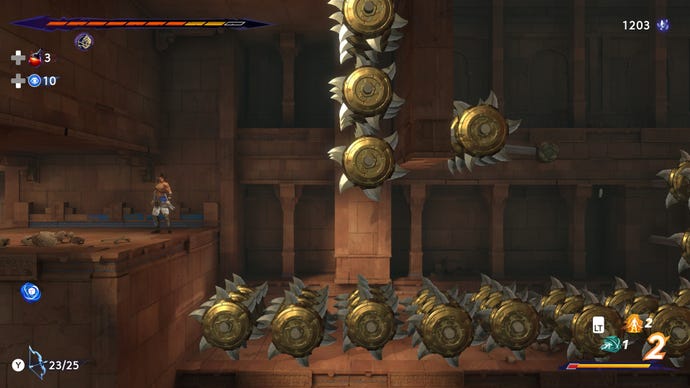
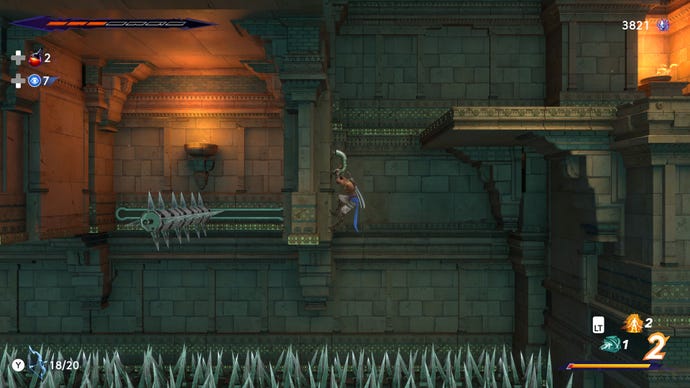

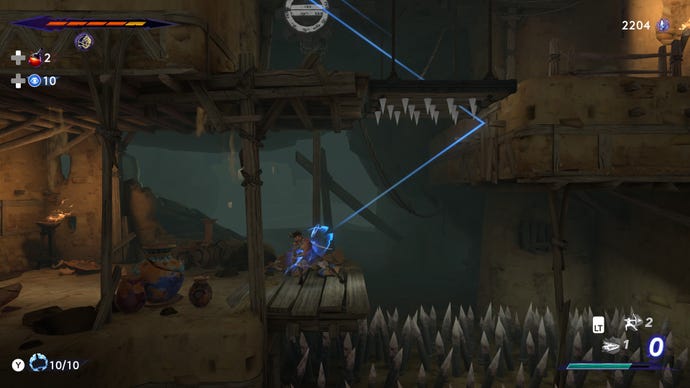
That said, if you fall in battle or your health bar drops to zero, however, then you will be hauled back to the boughs of the golden Wak-Wak trees you'll find sprinkled around Mount Qaf's hidey-holes (unless you're doing a boss fight, where you have the option to instantly restart, or retool at the very nearby tree, praise the prince). Think of them like Hollow Knight's benches, or a Dark Souls bonfire. They're places where you can save, restore your health, swap out your stat-buffing amulets, and, of course, trigger a refresh of enemy spawns. But The Lost Crown is also a much friendlier game than either of its genre stablemates. For starters, it's one that remembers your progress when you die, and doesn't make you back track to where you last fell to regain all of your stuff. As someone who's only ever been a begrudging student of this Soulsian school of design, all of this comes as a very welcome relief. Heck, even the collectibles you pick up stay with you - no redoing those (often rock hard) doom corridors again, no sir, which honestly, yes, more of this please, developers.
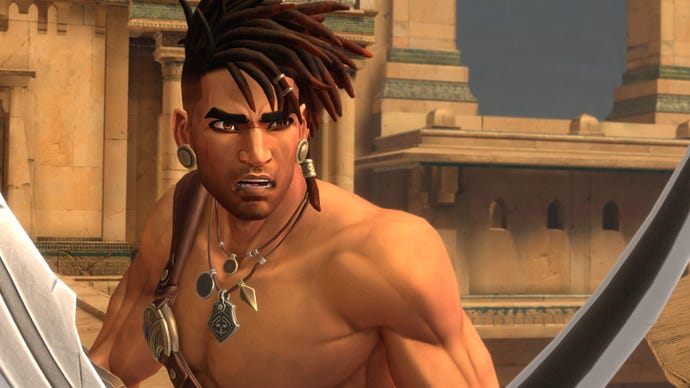
After some extensive early glimpses at The Lost Crown ahead of launch, I thought I knew everything there was to know about The Lost Crown's combat system, but it turned out I had plenty more to learn from it. Once they're available, I'd recommend spending the time to complete your mate Artaban's tutorial challenges back at The Haven, as there are hidden nuances to its combo moves that will surprise and delight you with their depth and cleverness.
Image credit: Rock Paper Shotgun/UbisoftUbisoft Montpellier have brought other neat modern touches to The Lost Crown, too, setting a new benchmark for Metroid-like ease and quality of life. Chief among them is its much-lauded screenshot feature, which lets you pin images of your surroundings - of a locked door, say, or an out of reach treasure chest you can't access yet - right there on your map with the touch of a button. Technically, there's a soft limit on the number of times you can do this, since it's tied to the number of Memory Shards you're able to carry, but I never ran out of them during my playthrough, and as the world starts to open up, there are upgrades you can find to bolster this number further. It's a real boon to exploration, though, offering a quick and easy reminder of your current hurdles, and where you're best off going next with your current set of powers - especially if you opt for the largely hint-free Exploration mode at the start of the game, which leaves off objective markers and the like for those who prefer to have a bit more freedom.
I'll hold my hands up and say I played on the Guided mode for review, which does plonk objective crests and 'hey, this door is now open' icons on the map, as well as little scribbles to indicate which direction certain locked doors need to be tackled from if you run into a dead end. Handy when you're on a deadline, but you can also swap between Guided and Exploration at will depending on your preference. Either way, it's nice to have the option at all, and it just makes getting into The Lost Crown that much easier if you need a helping hand at times. Indeed, there was only one occasion where the entrance to a particular area on the map wasn't quite where I thought it was going to be, giving me minor flashbacks to the navigation trouble I had in Axiom Verge 2. On the whole, though, exploration noodling is rarely ever in vain, as there's always a secret or two down the end of every pathway, whether it's special items, coins or time crystals that you'll need to upgrade your weapons and amulets, or flavour-text lore collectibles.
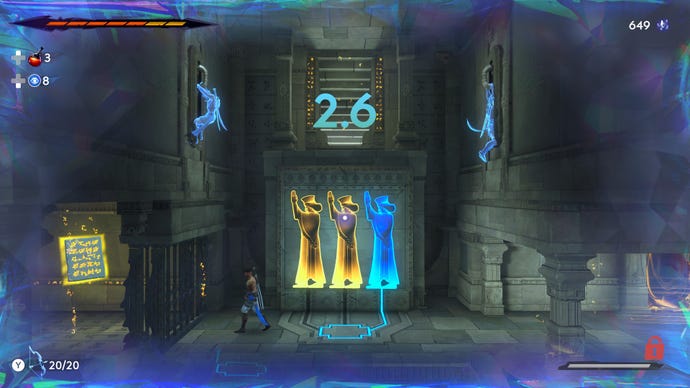
I do have a very slight worry that some of the late-game weapon upgrades might tip the difficulty scales a bit too heavily in your favour, mind. After struggling a few times against one particular mid-to-late game boss, the next was almost embarrassingly easy after I'd given my swords a bit of a boost, but Ubisoft have confirmed there will be a Day One patch that will address some of the boss balancing at launch (and hey, even if it doesn't, the power curve still feels reasonably challenging elsewhere, so I wouldn't say it's much of an issue in the grand scheme of things).
All in all, though, The Lost Crown is an outstanding reinvention of what a Prince Of Persia game can be, as well as a top notch platforming-led Metroid-like in its own right. It brings so many welcome nips and tucks to the genre to make it friendly and accessible, all while giving players a meaty and uncompromising challenge to really test their mettle. It really is a proper belter, this one, and absolutely should not be missed if you've ever enjoyed a single second of the Ori games, Hollow Knight or SteamWorld Dig 2. After years of indie games dominating the Metroid space, it's heartening to see Ubisoft's Montpellier team find their feet again, leaving possibly only Silksong to steal back this otherwise crowning achievement.
This review was based on a review build of the game provided by publishers Ubisoft.
